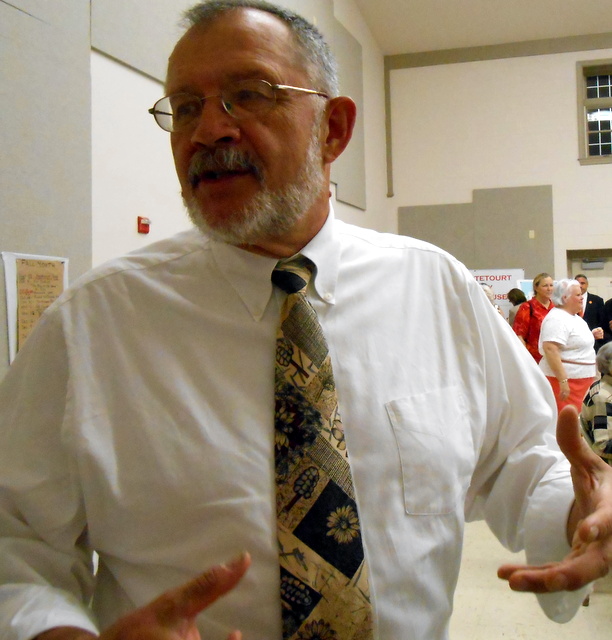The county purchased this land in the mid 1990s to create an industrial park. The industrial park more or less fizzled, and the plan of 20 years ago, which included moving historic structures to a historic area to create a park, lay gathering dust. In 2012, the county fathers made no vote but indicated that the historic structures, which are slave cabins and an old kitchen building, would remain where they were. The new batch of supervisors, however, revealed in October that they were moving these structures as the plan called for 20 years ago and building a shell building (a big metal building with no tenant) in hopes of attracting industry.
The outcry from the historic community was fast and furious once they learned of the plans. The county moved swiftly to out-maneuver opposition, and efforts to move the historic structures are underway and close to completion. This has taken up a great deal of my time and thought processes in recent weeks, so I thought I'd list 13 reasons why historic structures should be saved and not destroyed.
 |
| Slave cabins at Greenfield |
1. People in communities that have historic resources are becoming more aware of the value of the structures. Restoring older structures attaches people to their community, provides a sense of place, connects them to their neighbors, and encourages public participation
2. People who have long lived in an area derive comfort from being among familiar surroundings and from continued association with their "roots."
3. Preservation helps foster an appreciation of varied architectural diversity and recognition of ethnically significant building styles and décor.
4. Preservation has economic value. That value may be as practical as the tax assessment on the structure because the building has been preserved, or it could be something as romantic as attracting a Hollywood movie production to an authentic setting.
5. Interest in area history, its historic, archeological and architectural properties and preservation of those properties have created support for recognition of heritage tourism as an economic tools.
 |
| Removal of items at Greenfield. |
6. Preservation of historic structures is good for the neighborhood. Preserving a structure promotes respect for those that came before us, and those that will come after. Preservation encourages citizen activity to become active in their own government and fulfill their right and responsibility to create their community’s future.
7. Restoration of old structures is good for the environment. Preserving a building is the ultimate in recycling. It keeps construction materials out of the landfill. 20% of the solid waste stream is construction waste.
8. Preservation saves the embodied energy of the materials used to construct the building. Much energy was required to excavate, manufacture, transport, and assemble the bricks, glass, steel, wood, and so on used in that building. Additionally, many traditional building practices in historic buildings are “green," such as covered porches that reduce heat gain during the summer, thick walls, attics, and cellars to help keep interior temperatures.
 |
| Work on the slave cabins. |
10. Property values remain stable or rise in historic districts.
11. Old buildings have intrinsic value. Buildings of a certain era, namely pre-World War II, tend to be built with higher-quality materials such as rare hardwoods (especially heart pine) and wood from old-growth forests that no longer exist. Prewar buildings were also built by different standards. A century-old building might be a better long-term bet than its brand-new counterparts.
12. When you tear down an old building, you never know what’s being destroyed.
13. Those who do not learn from history are doomed to repeat it.
_____________
Thursday Thirteen is played by lots of people; there is a list here if you want to read other Thursday Thirteens and/or play along. I've been playing for a while and this is my 431st time to do a list of 13 on a Thursday.



















































